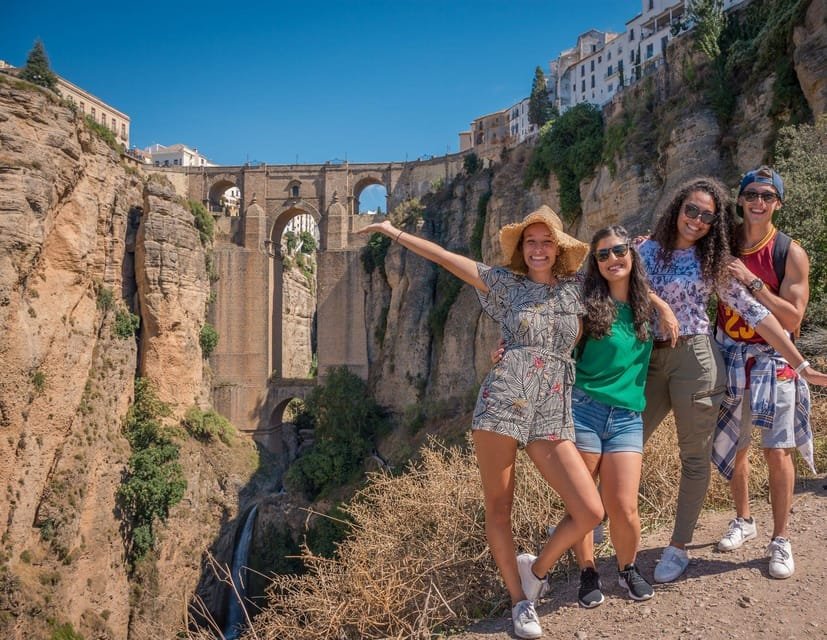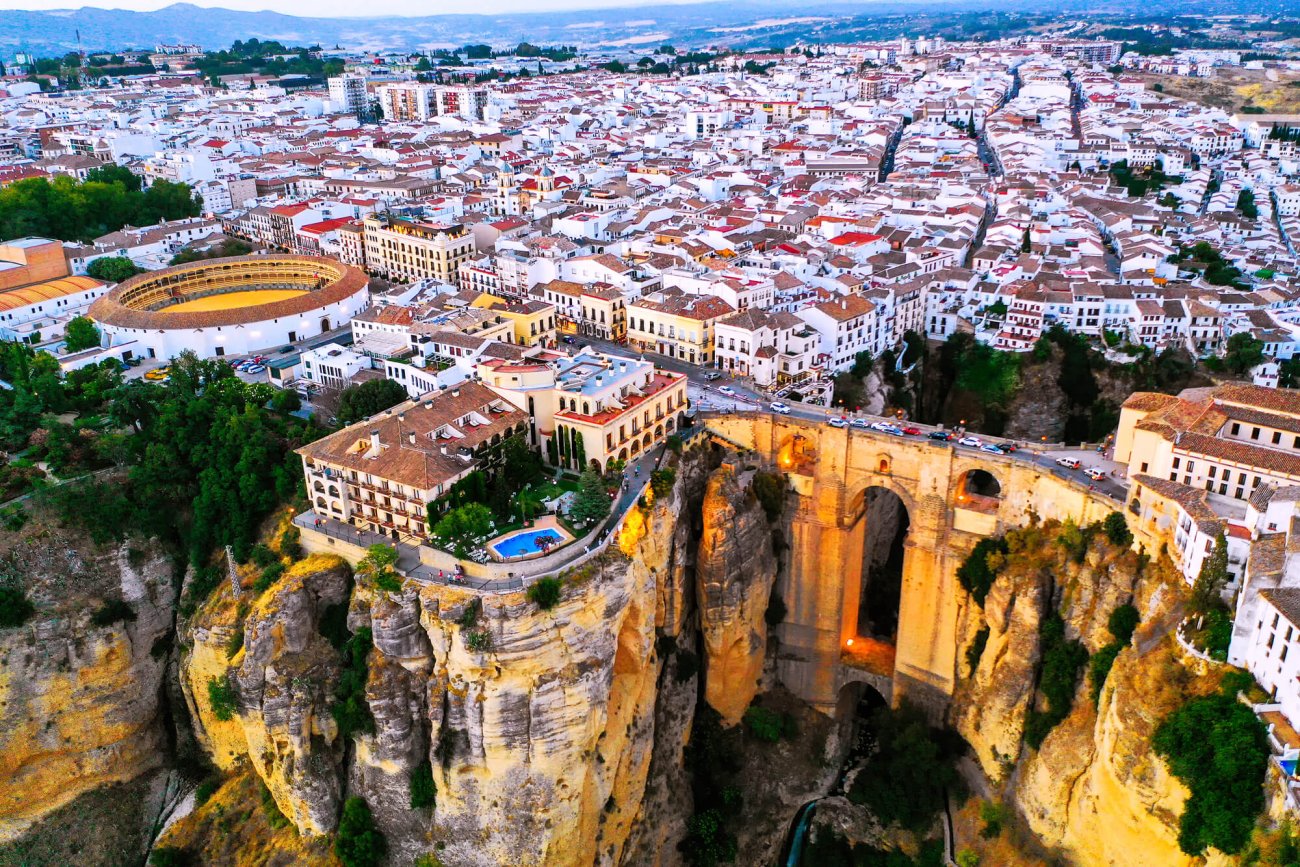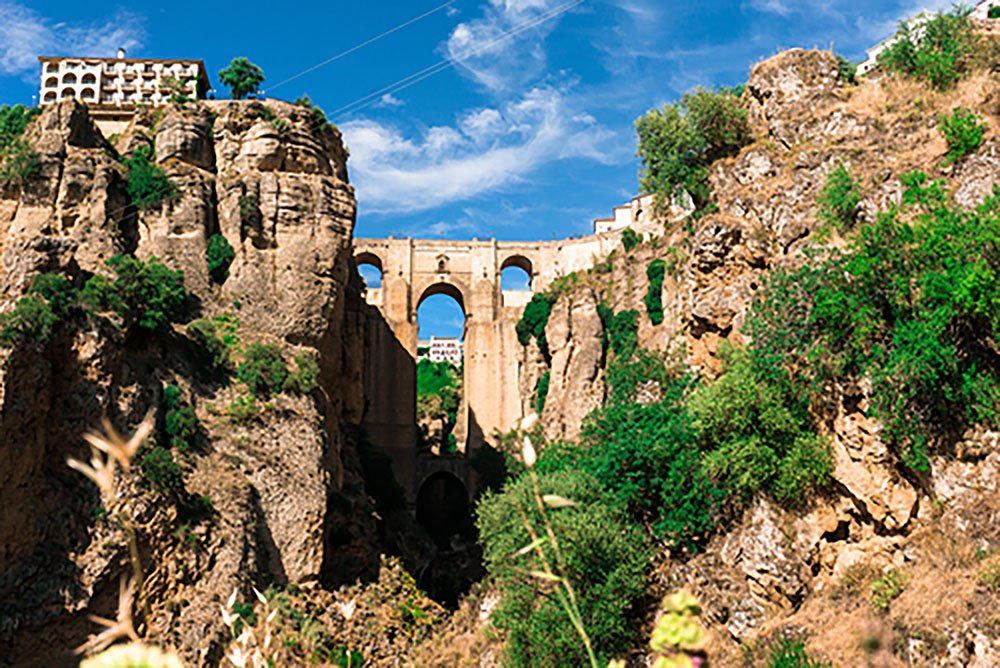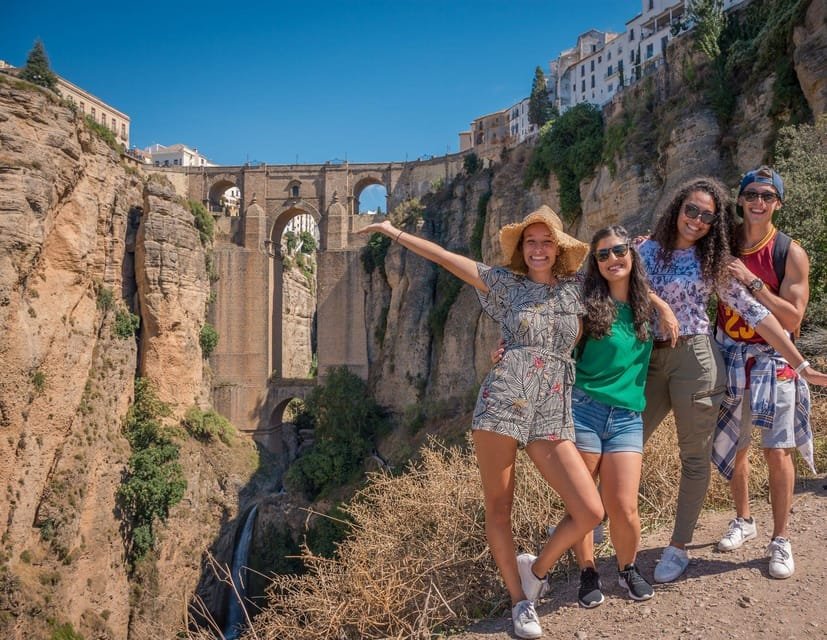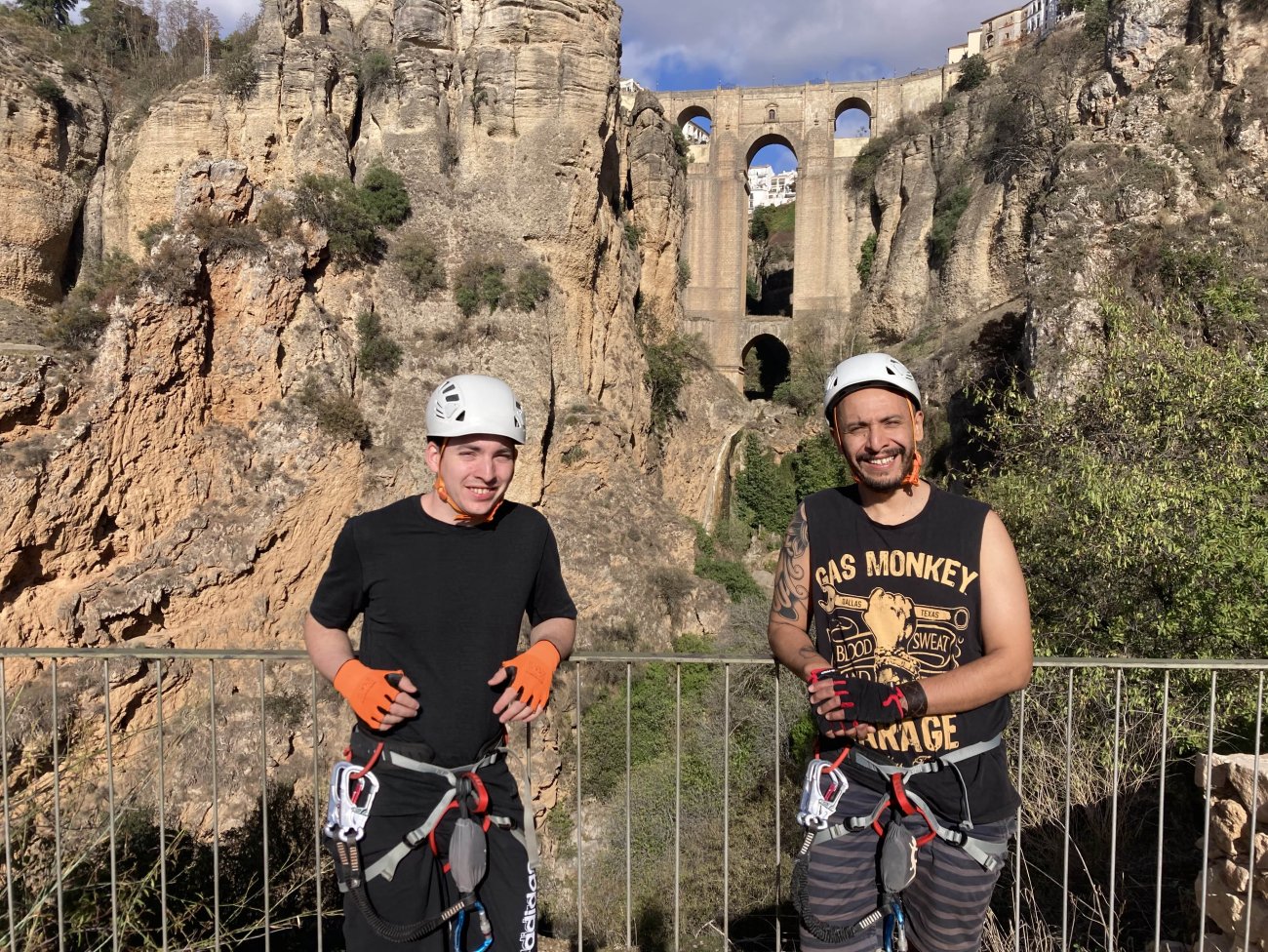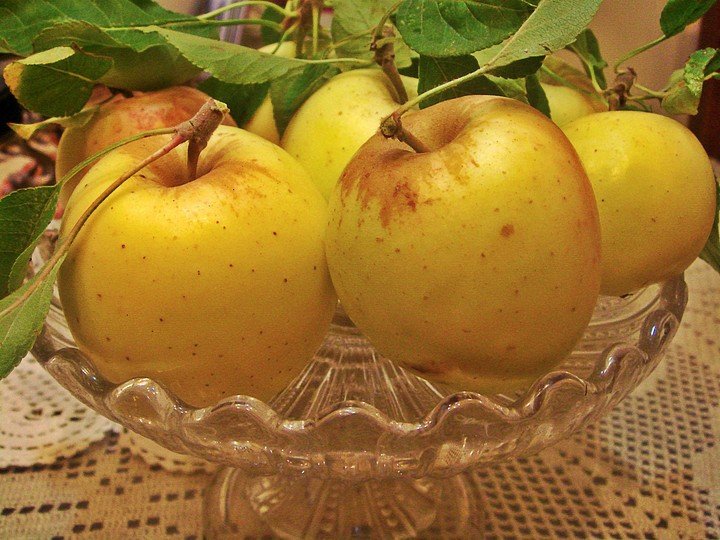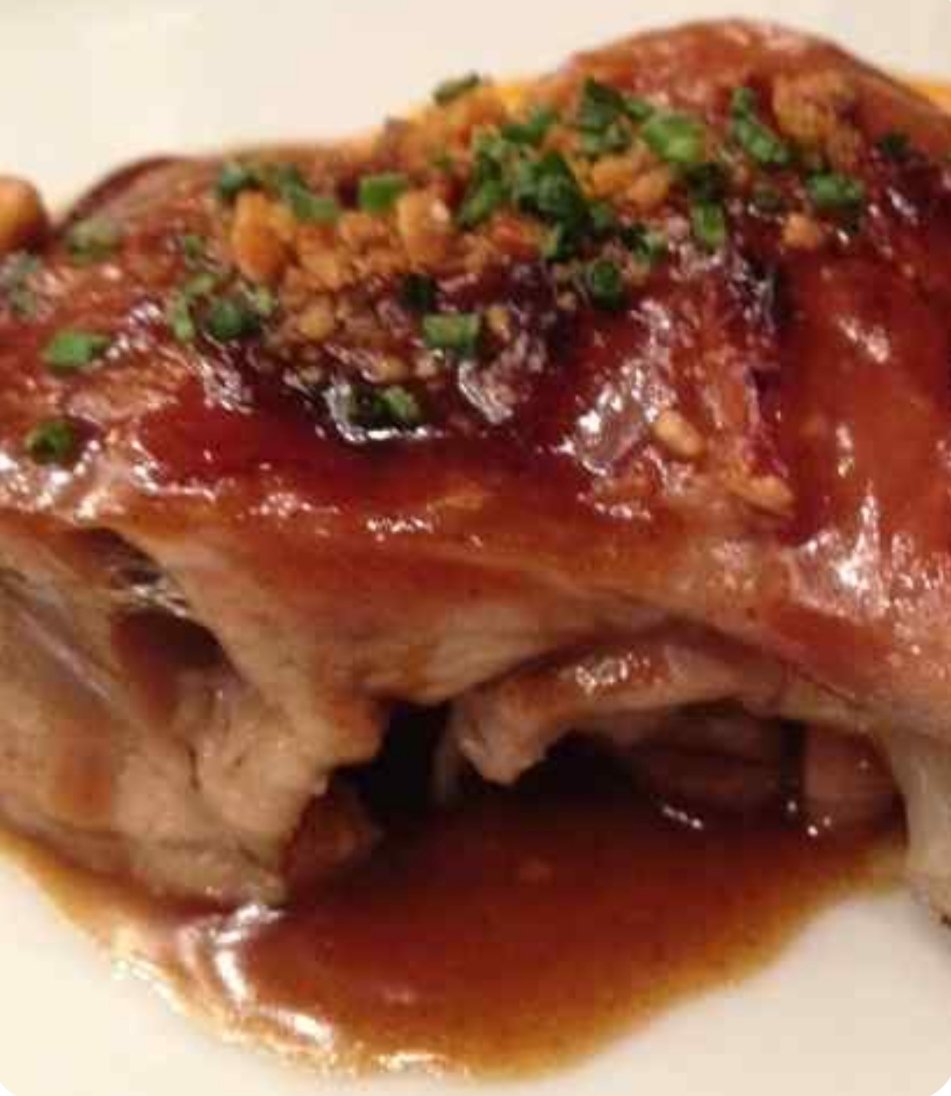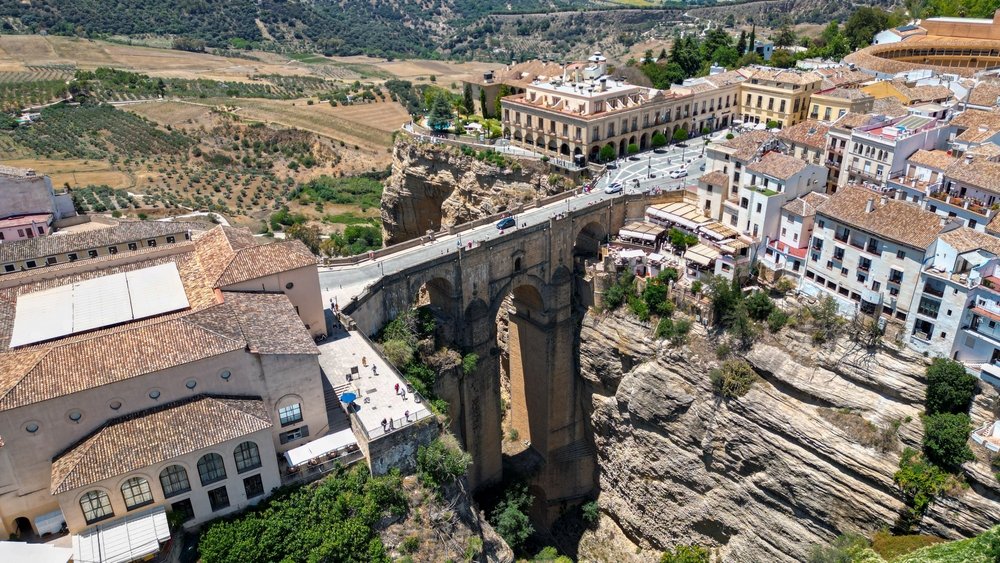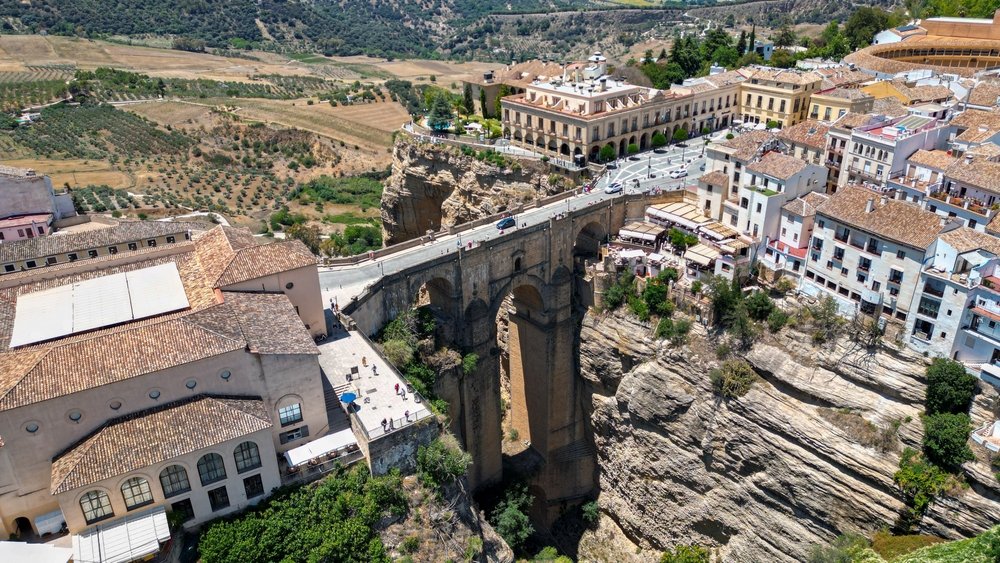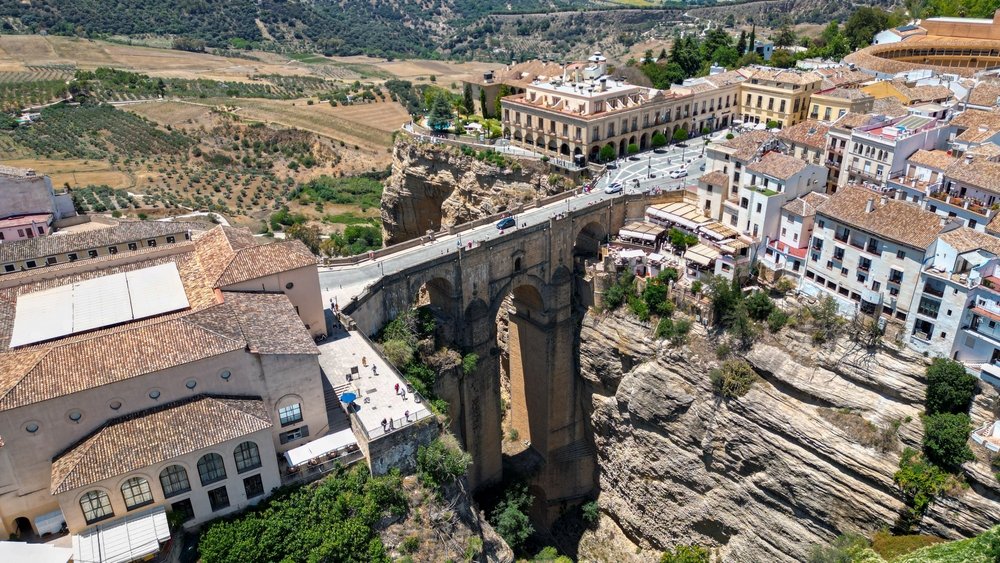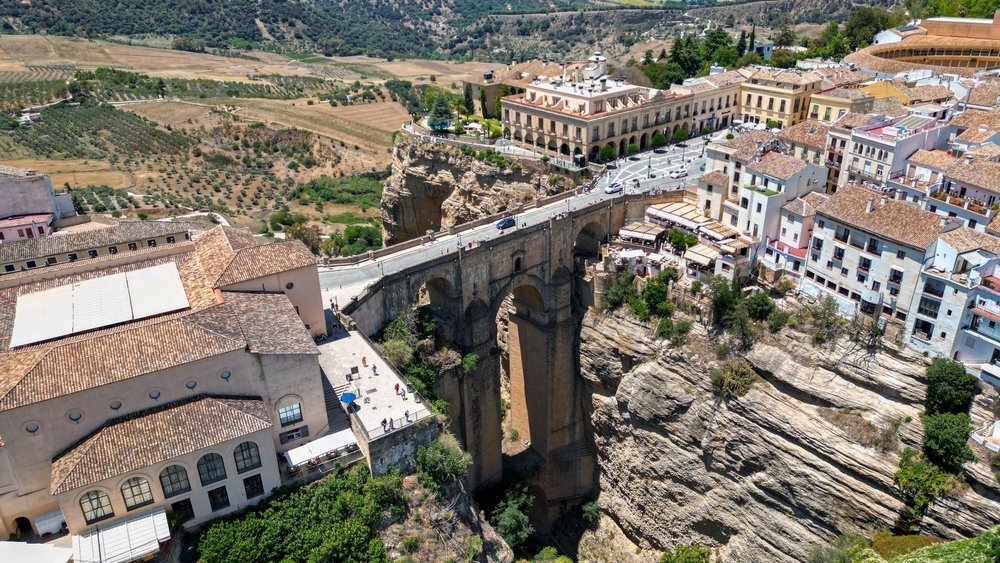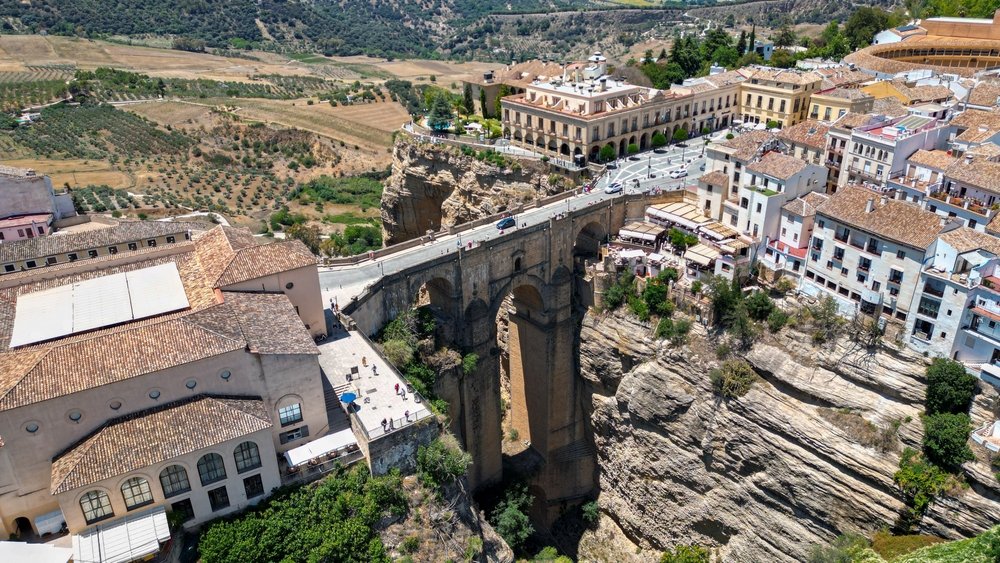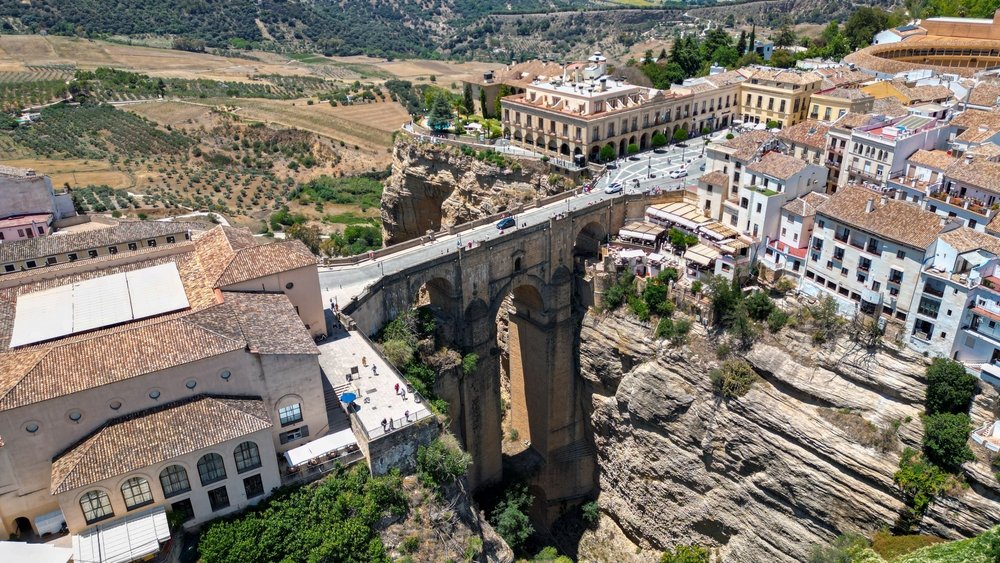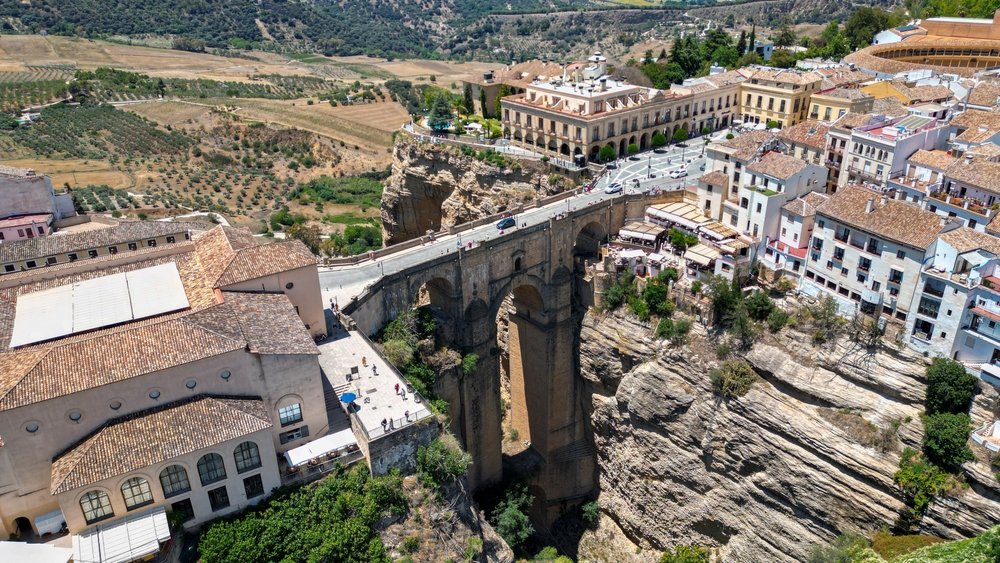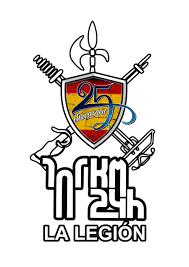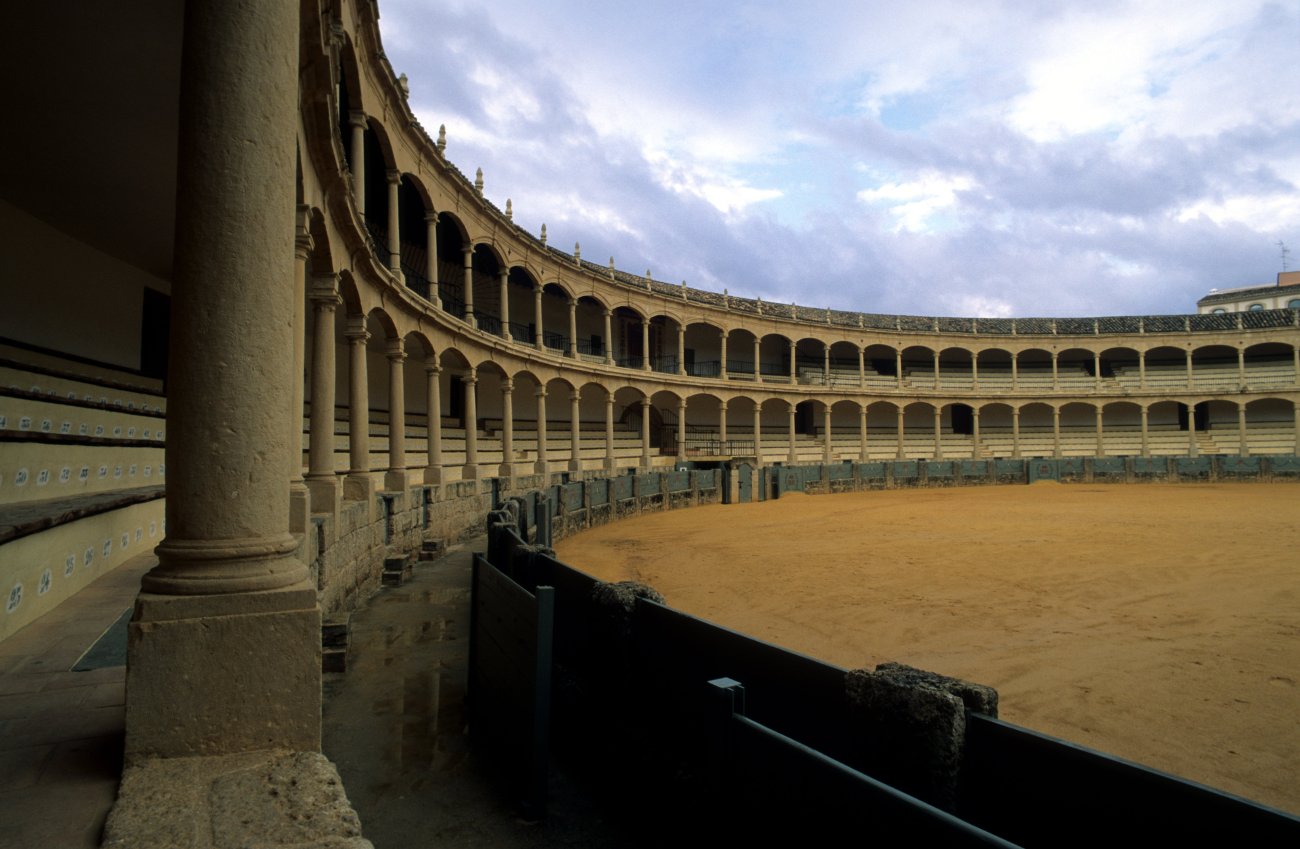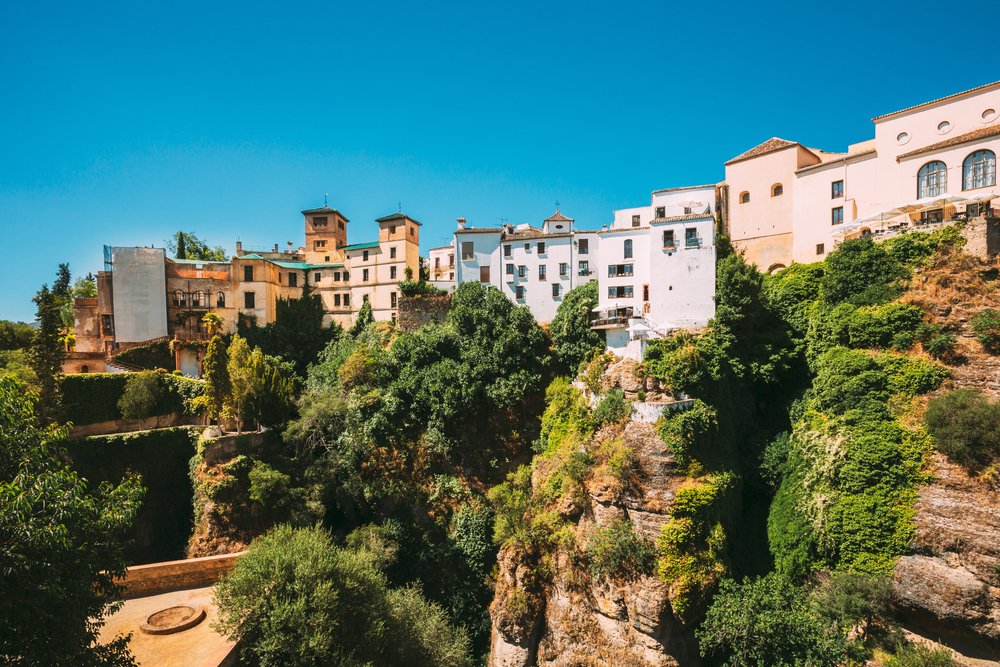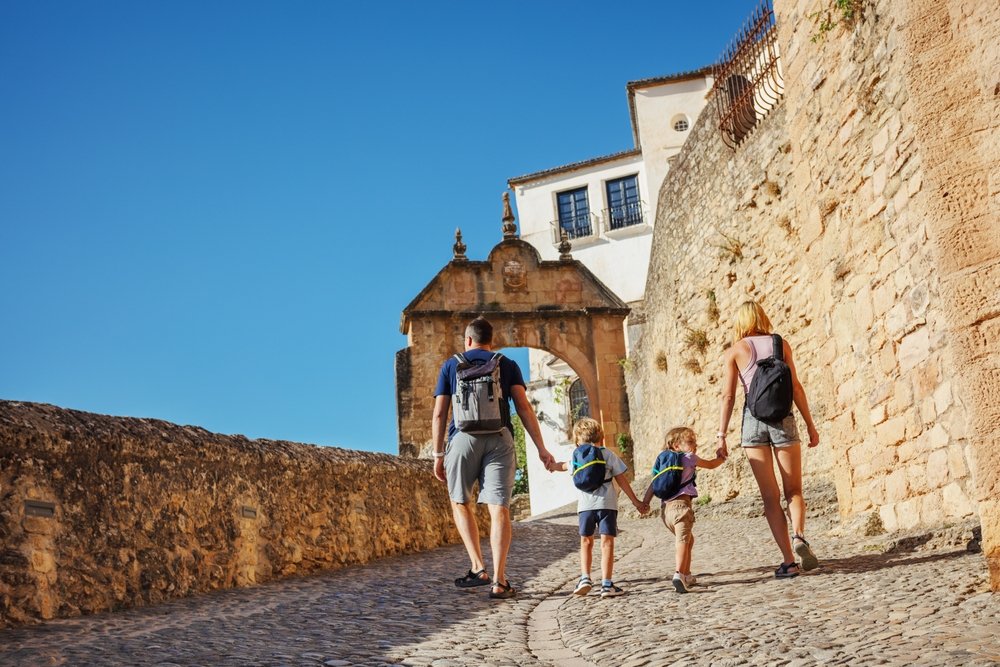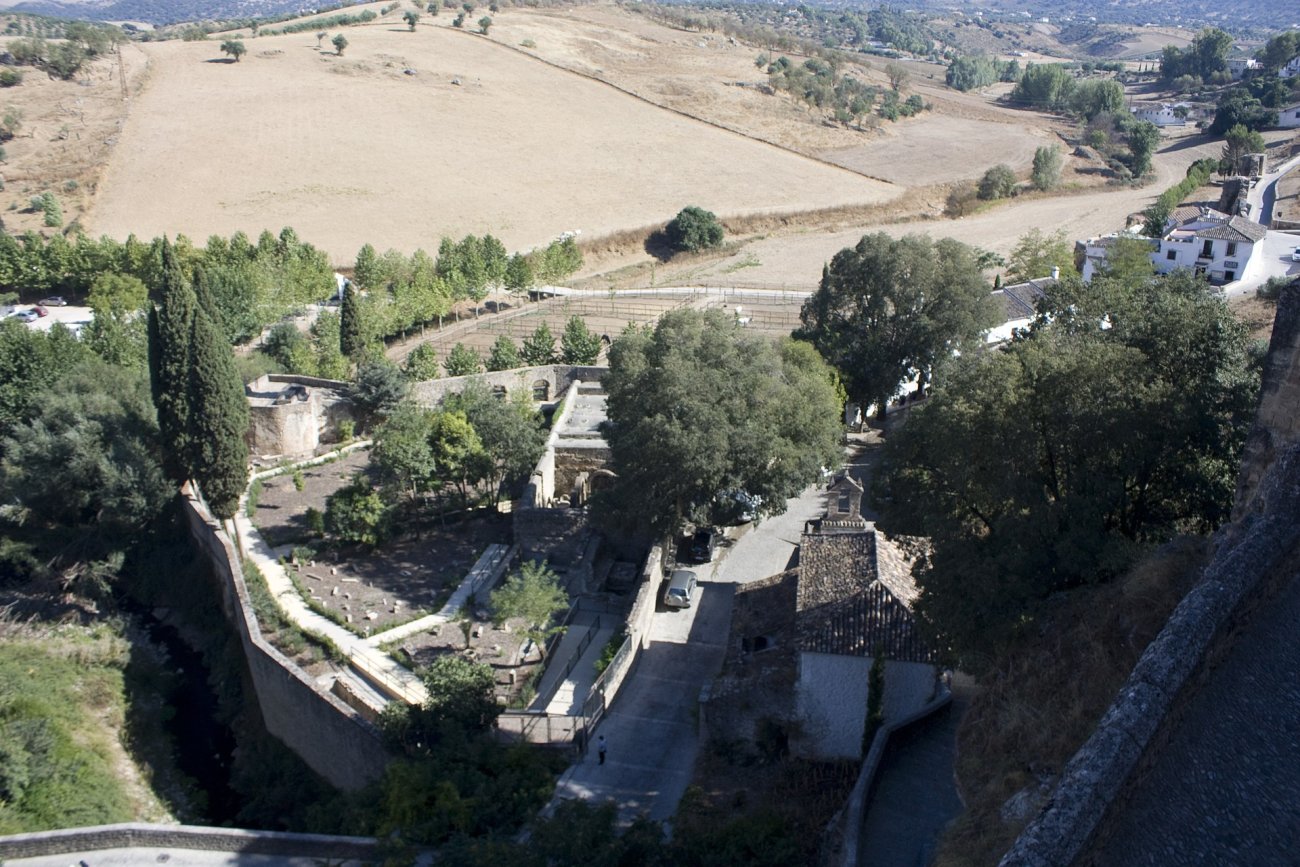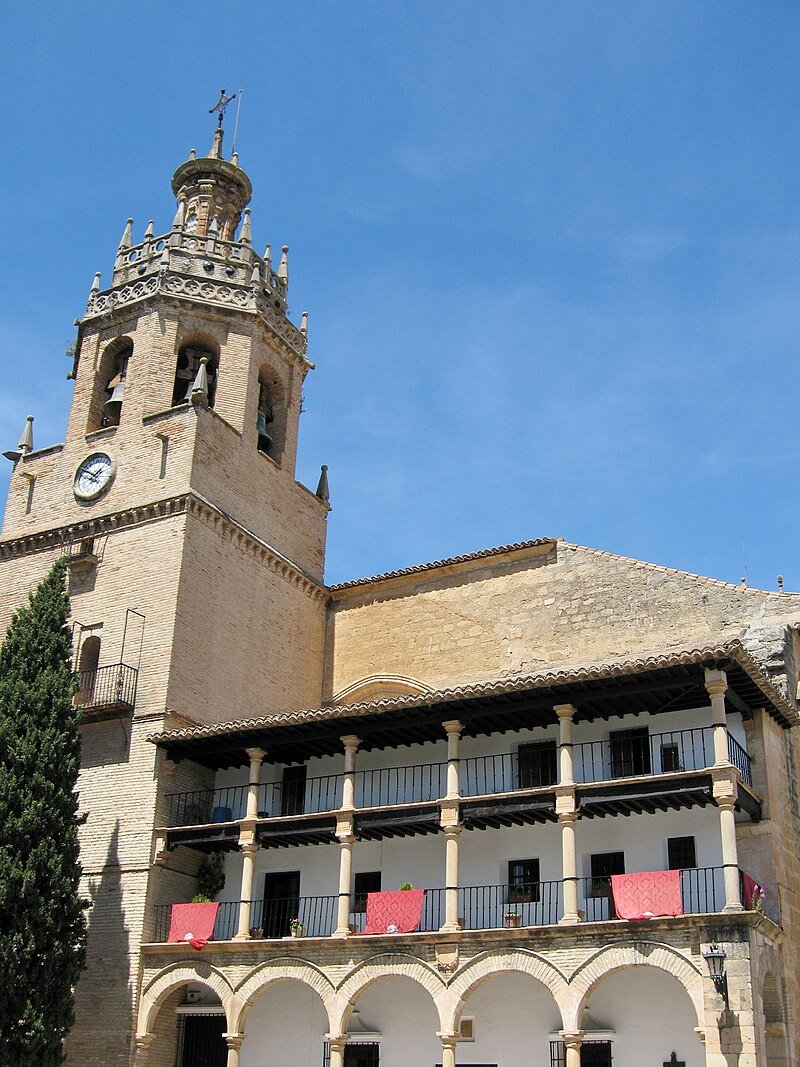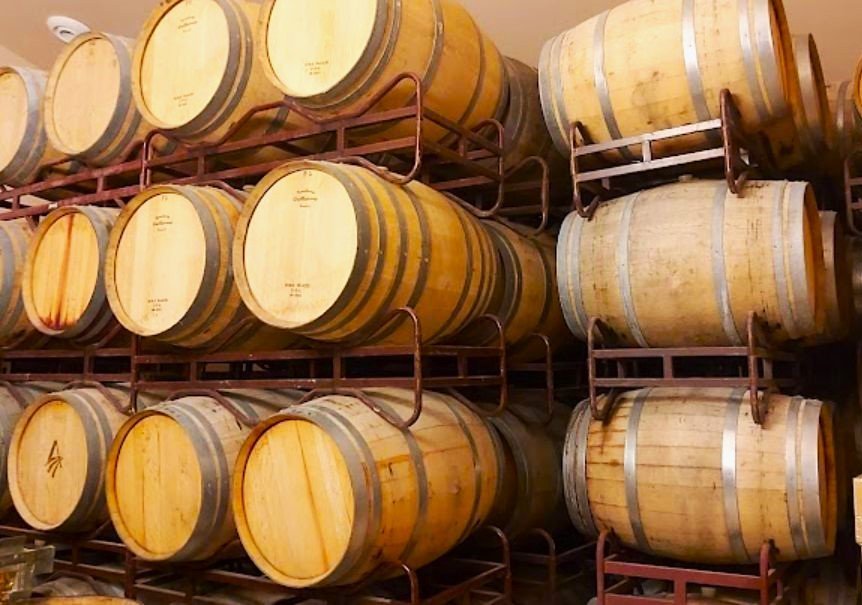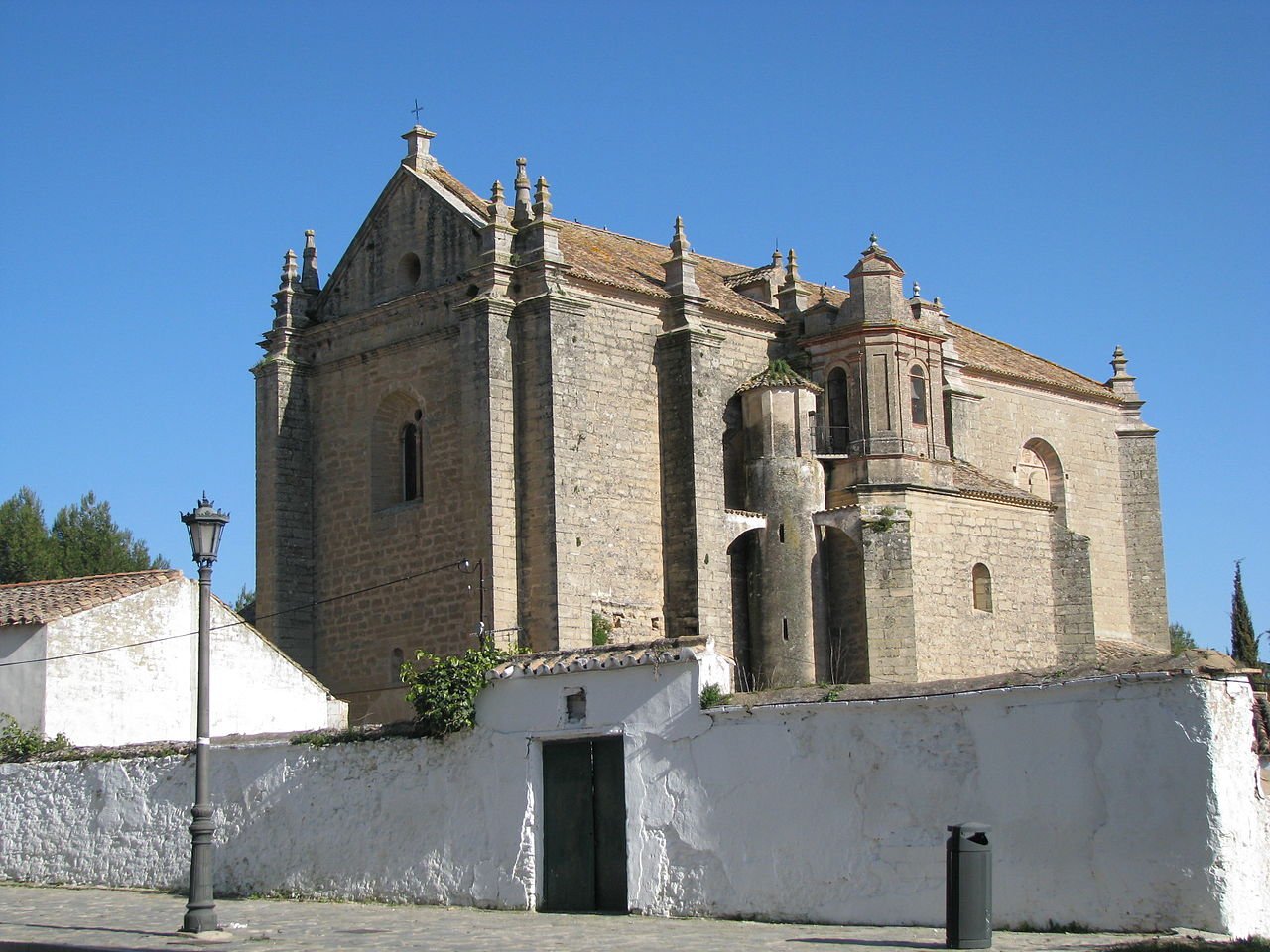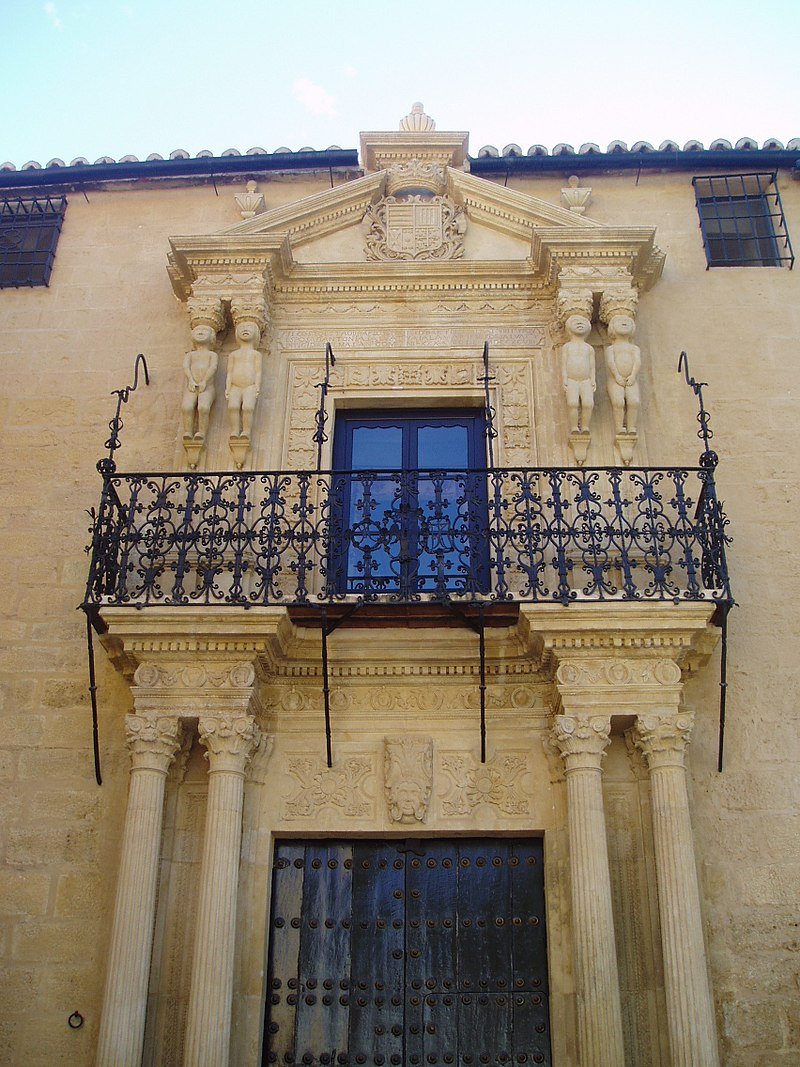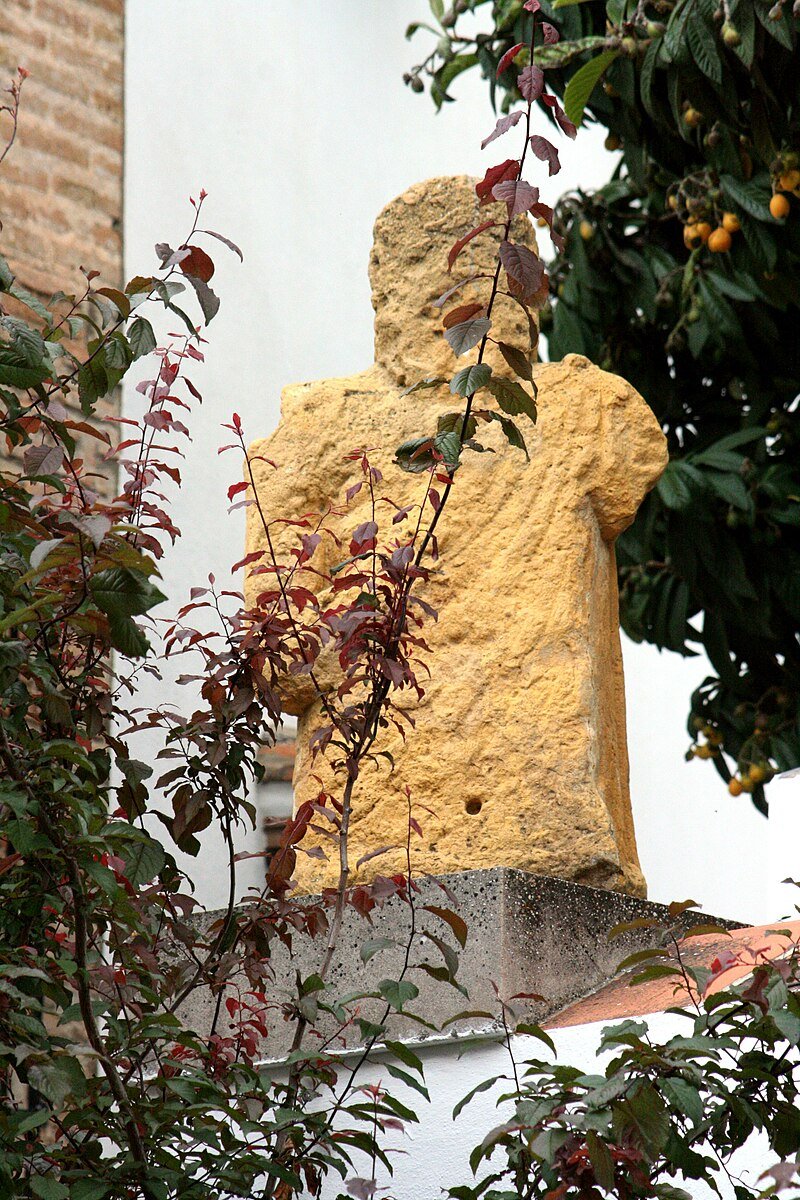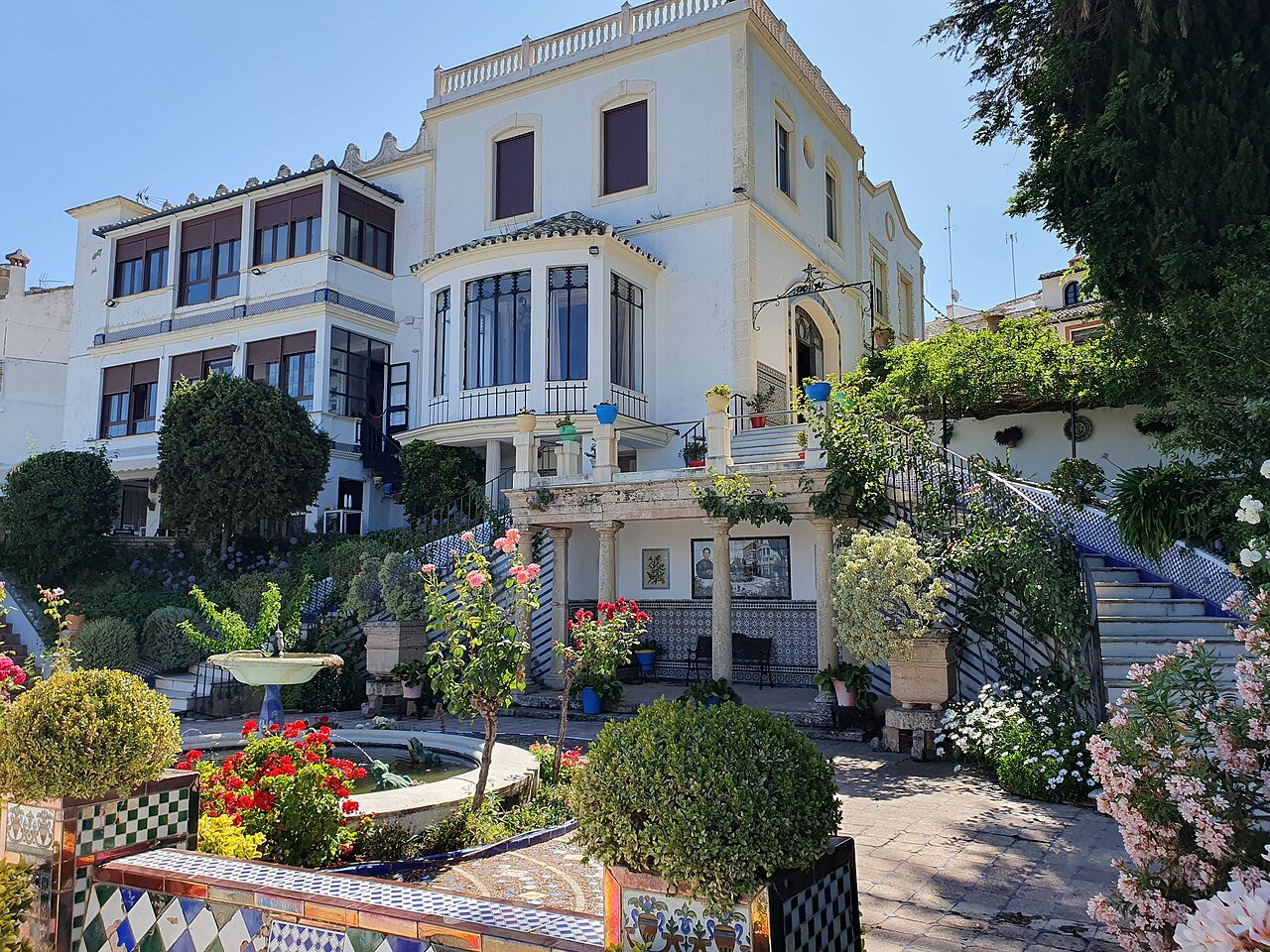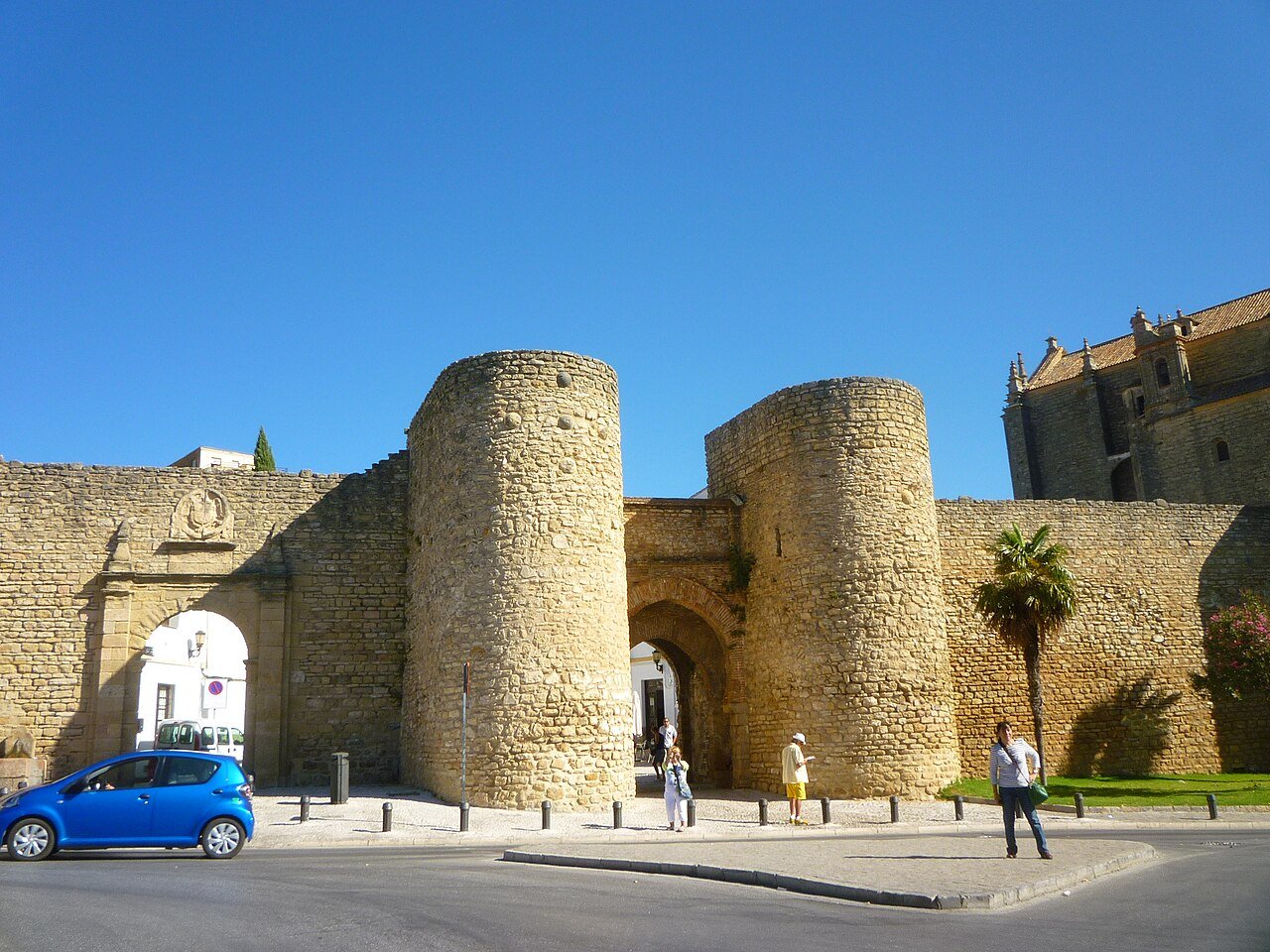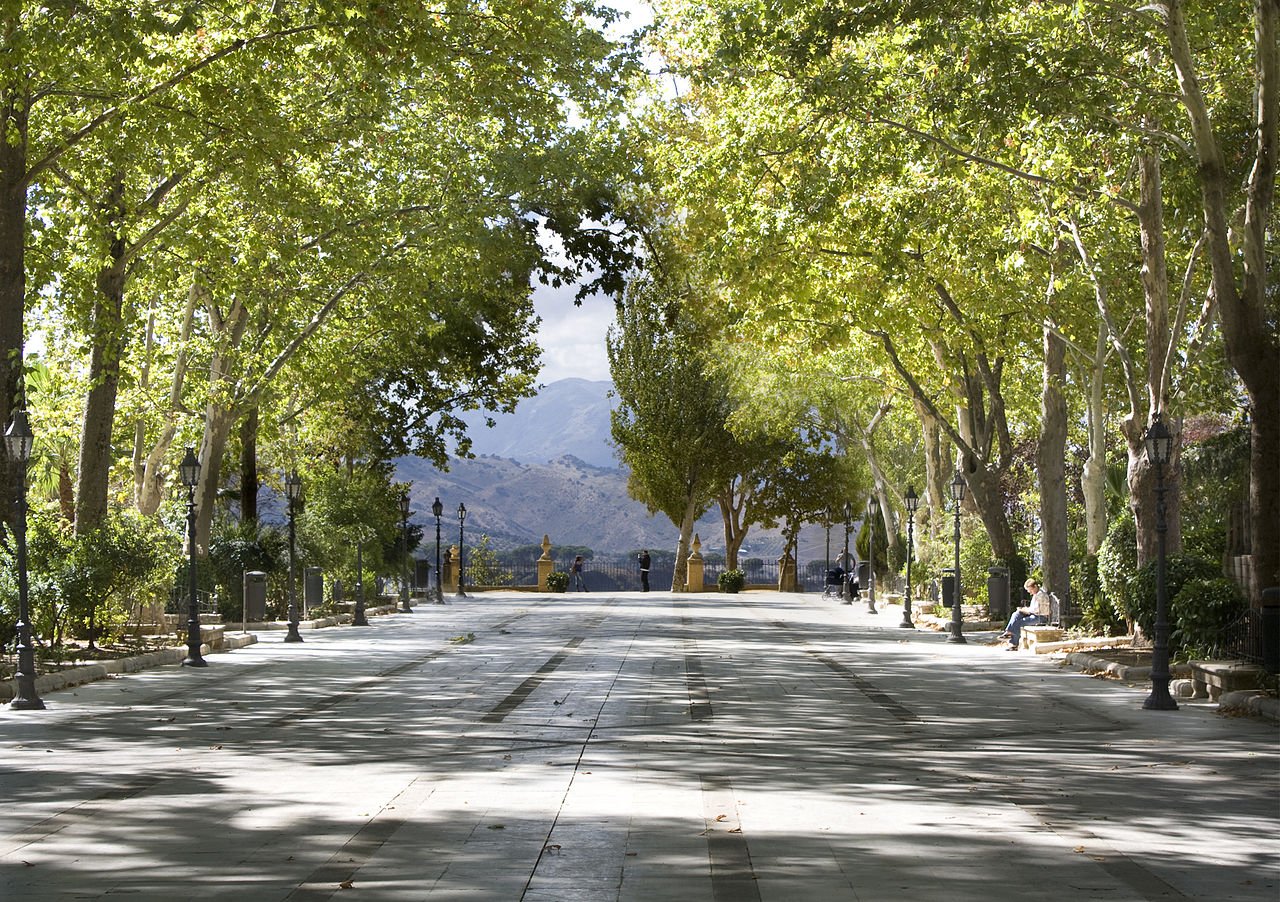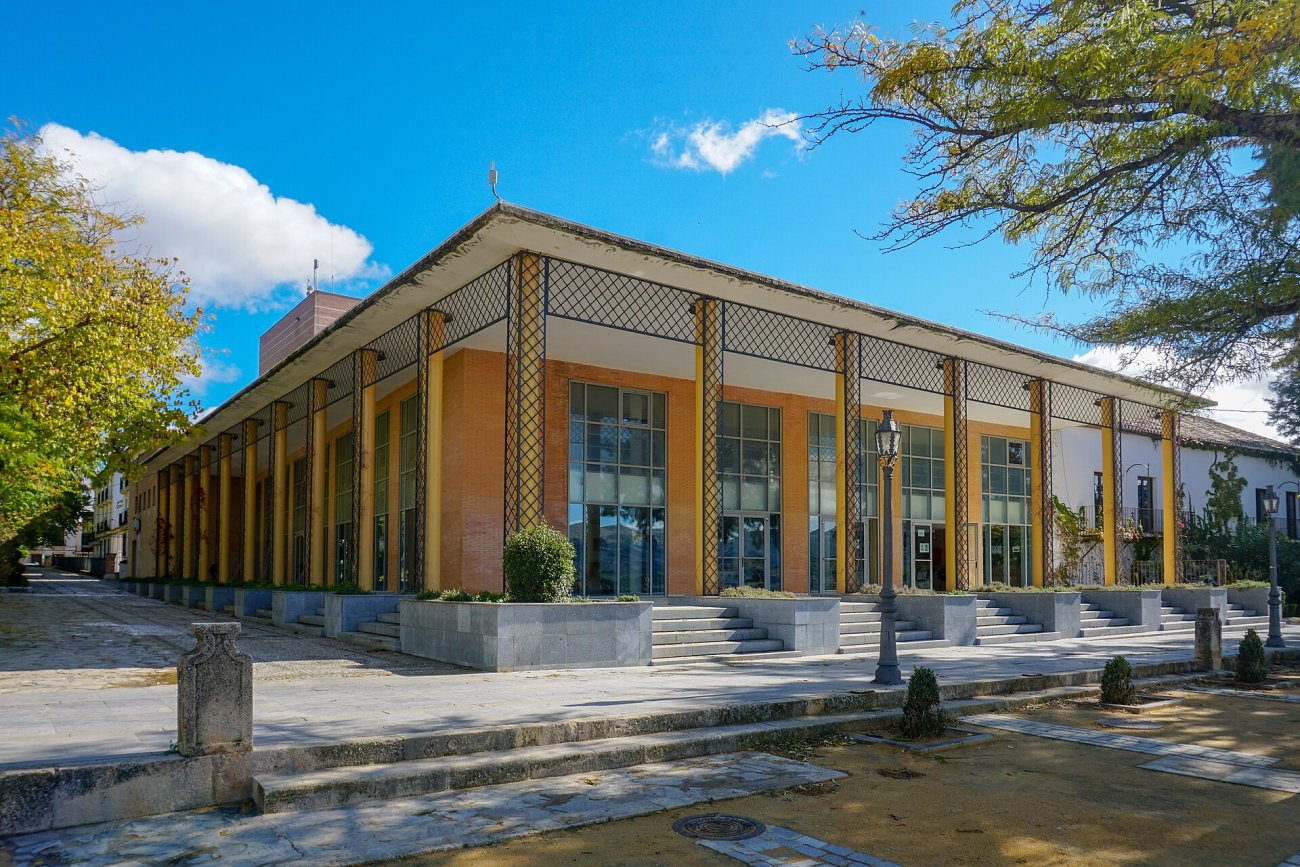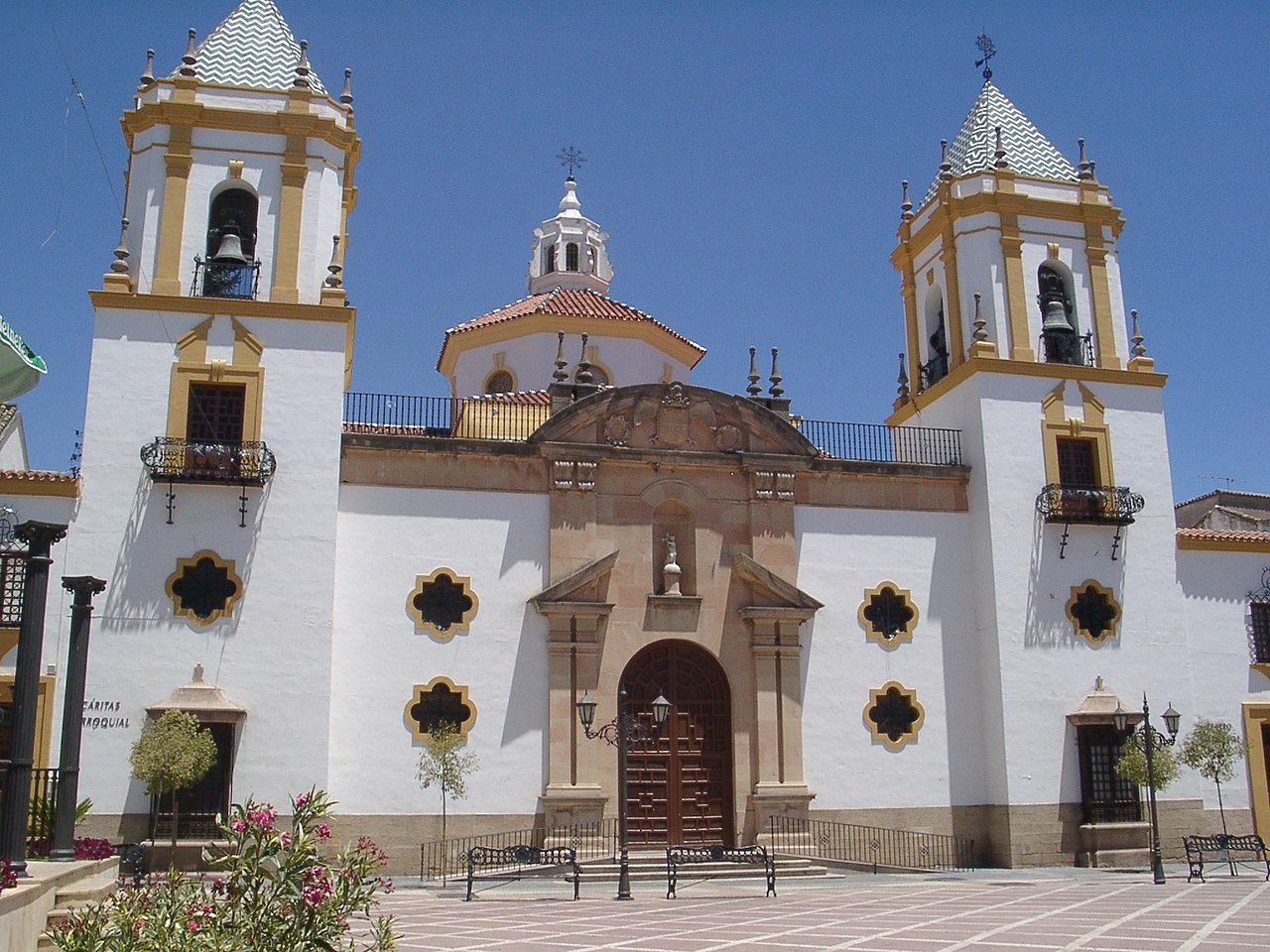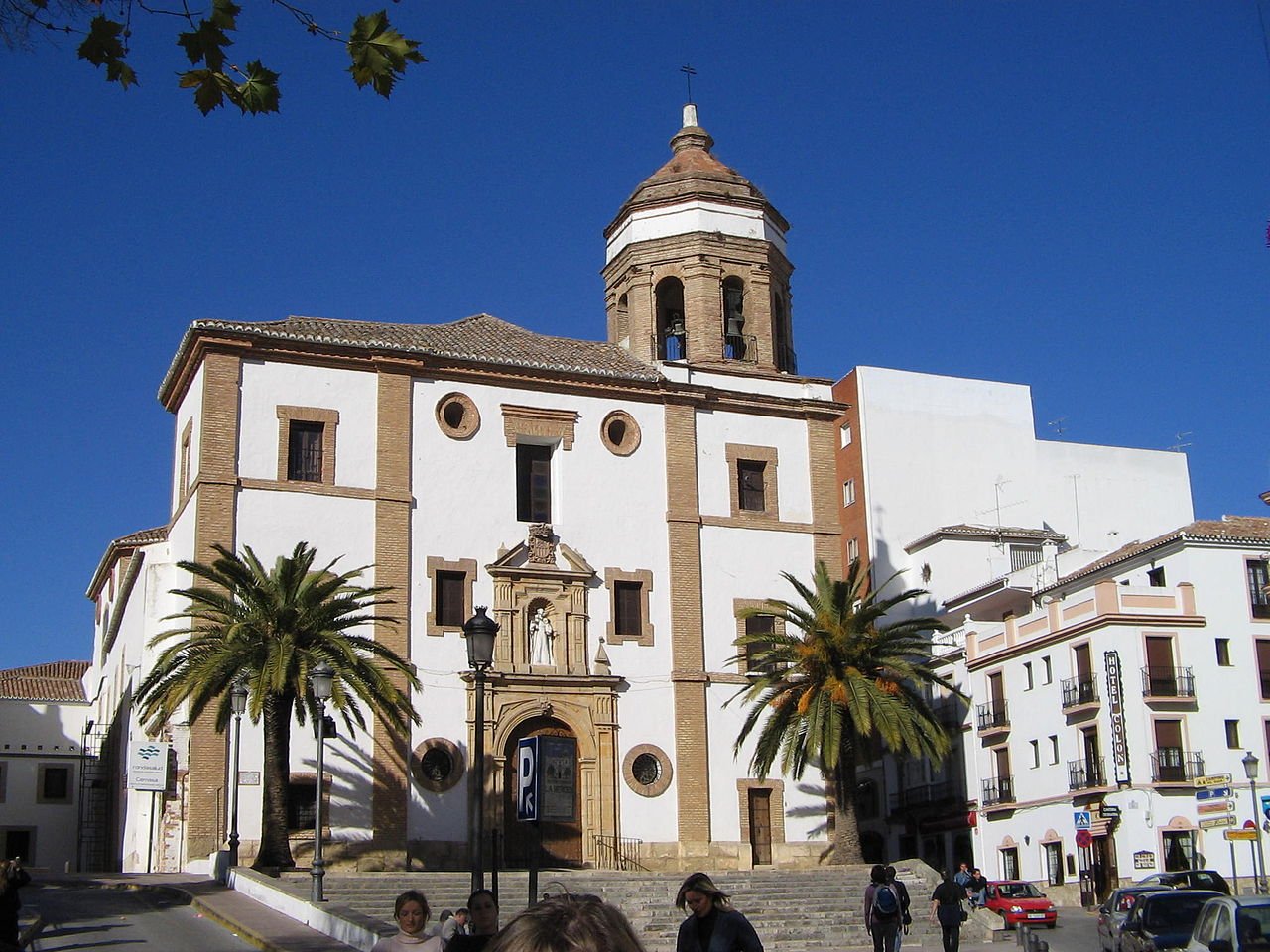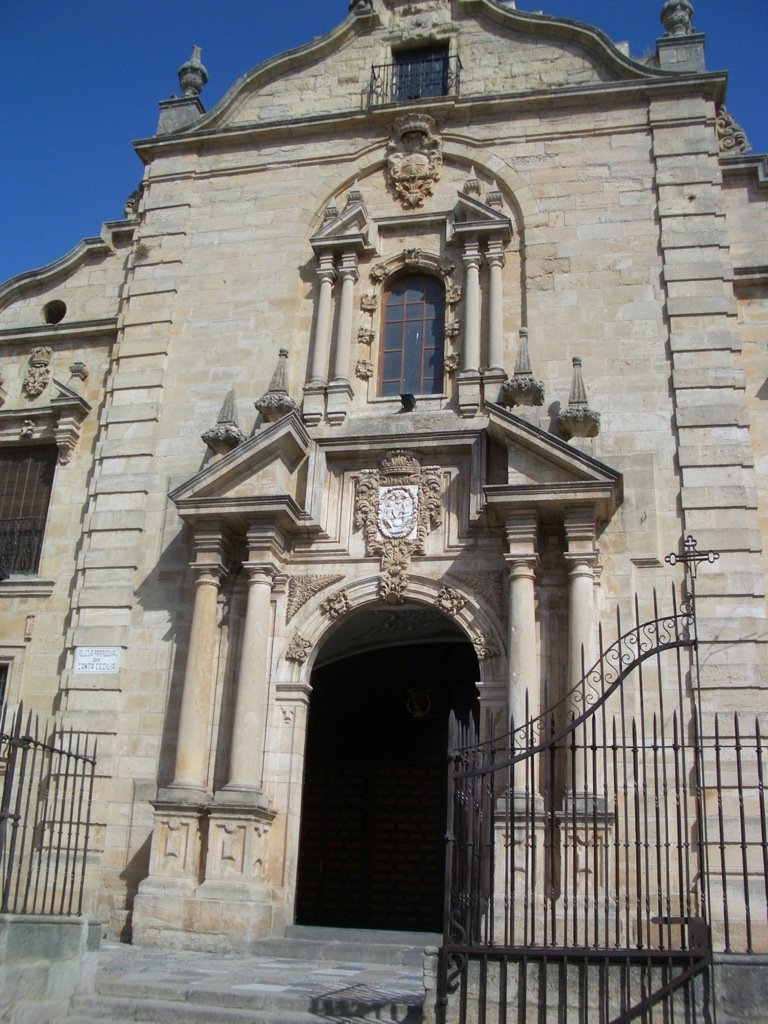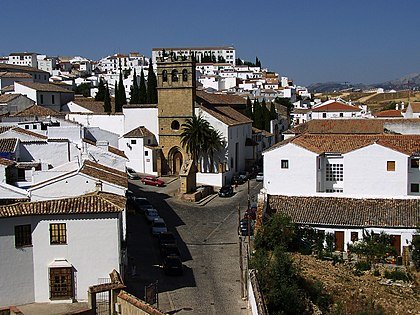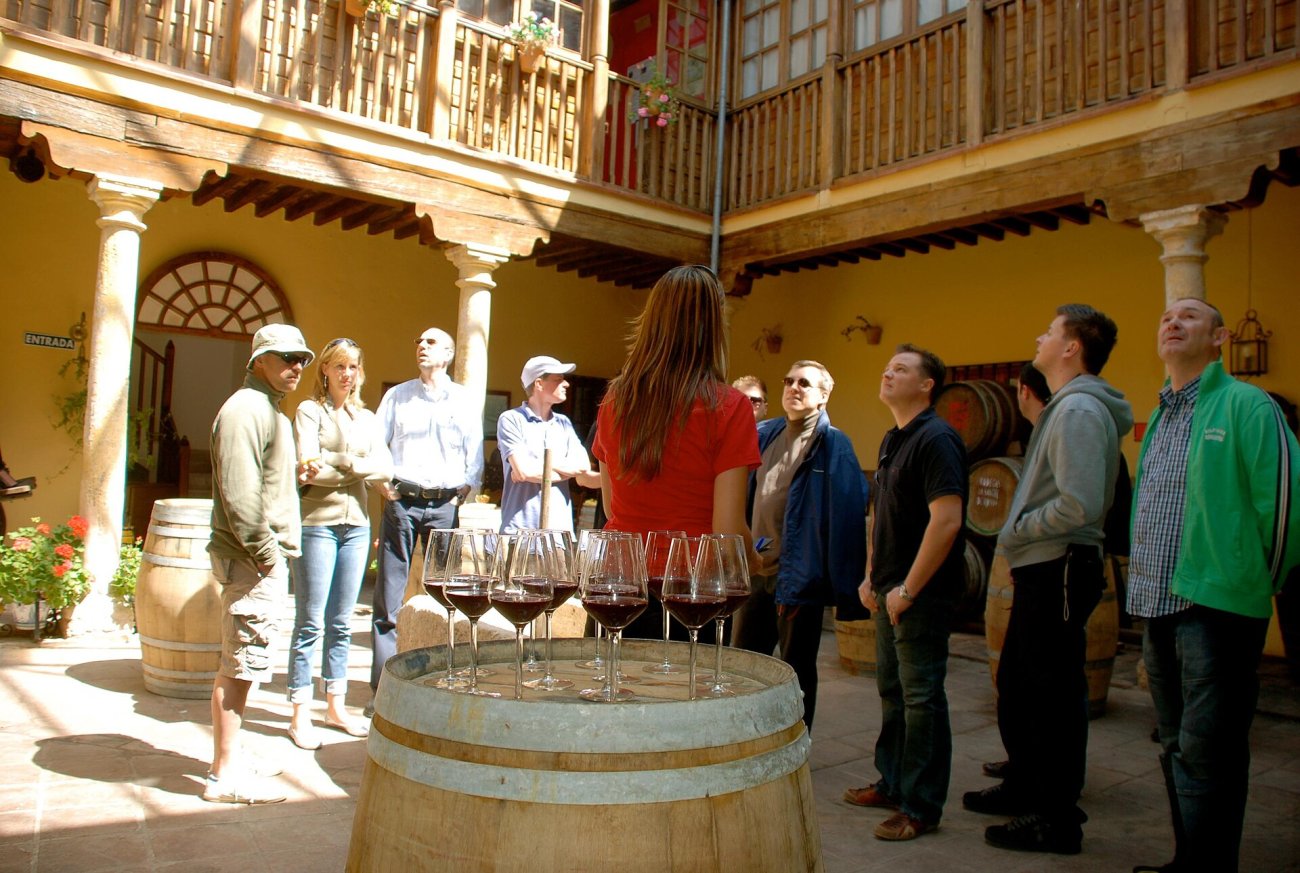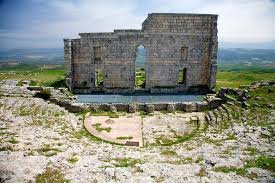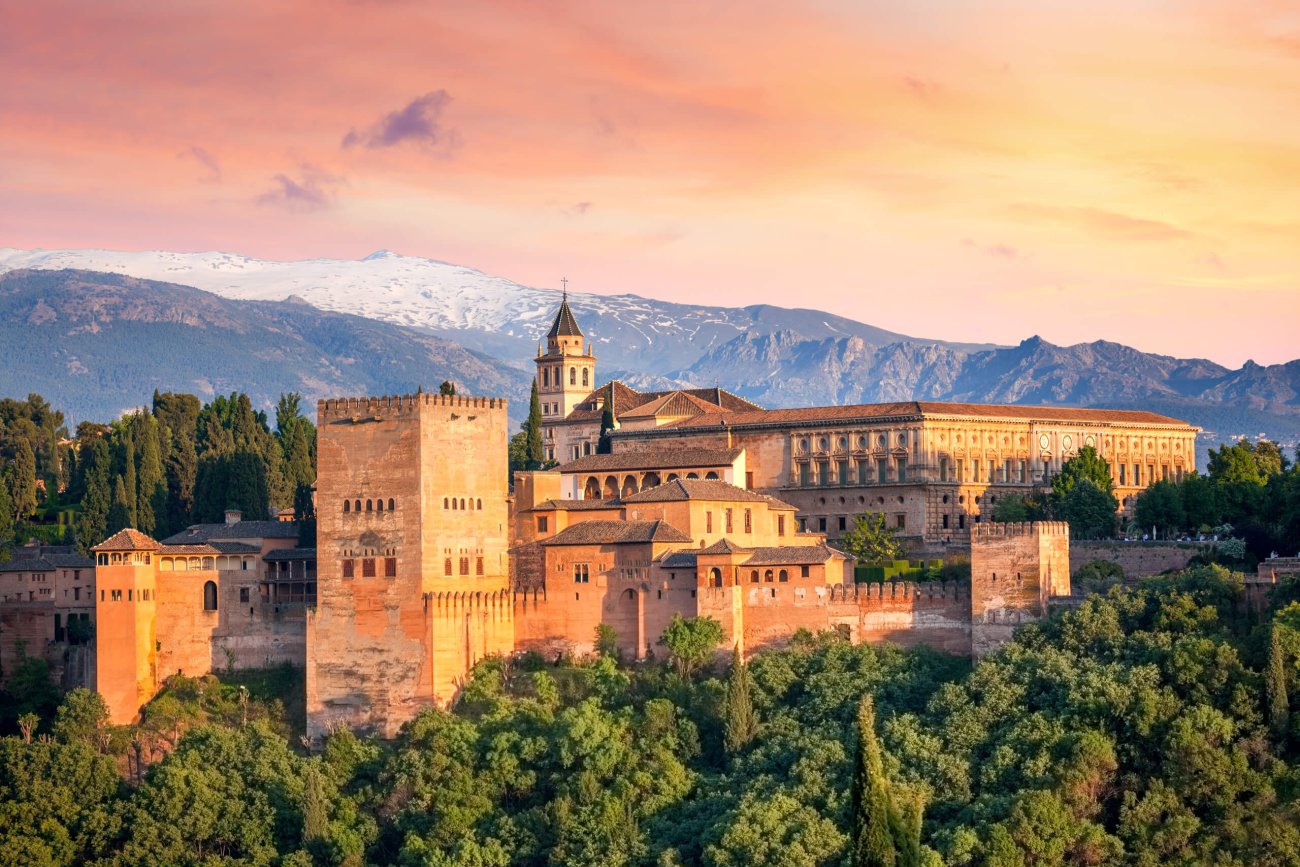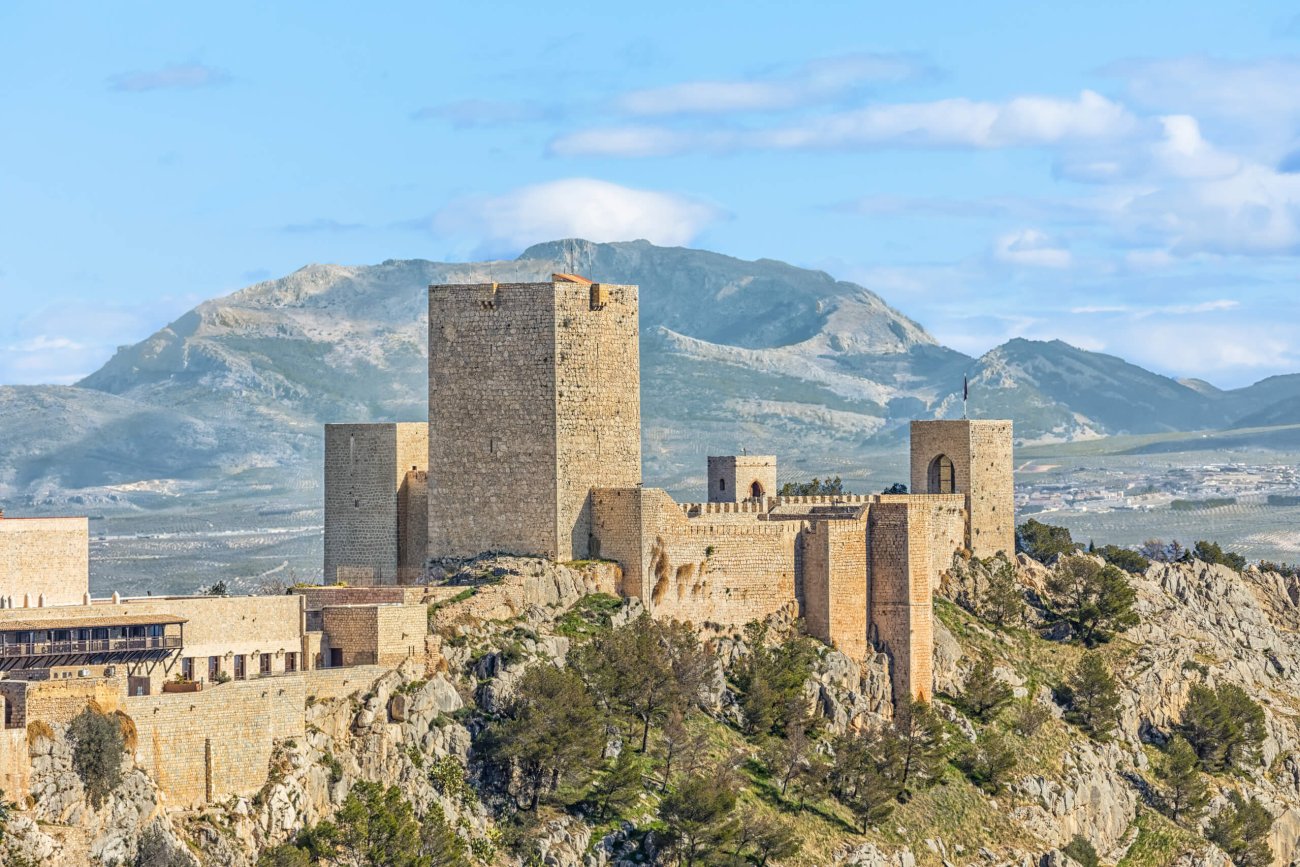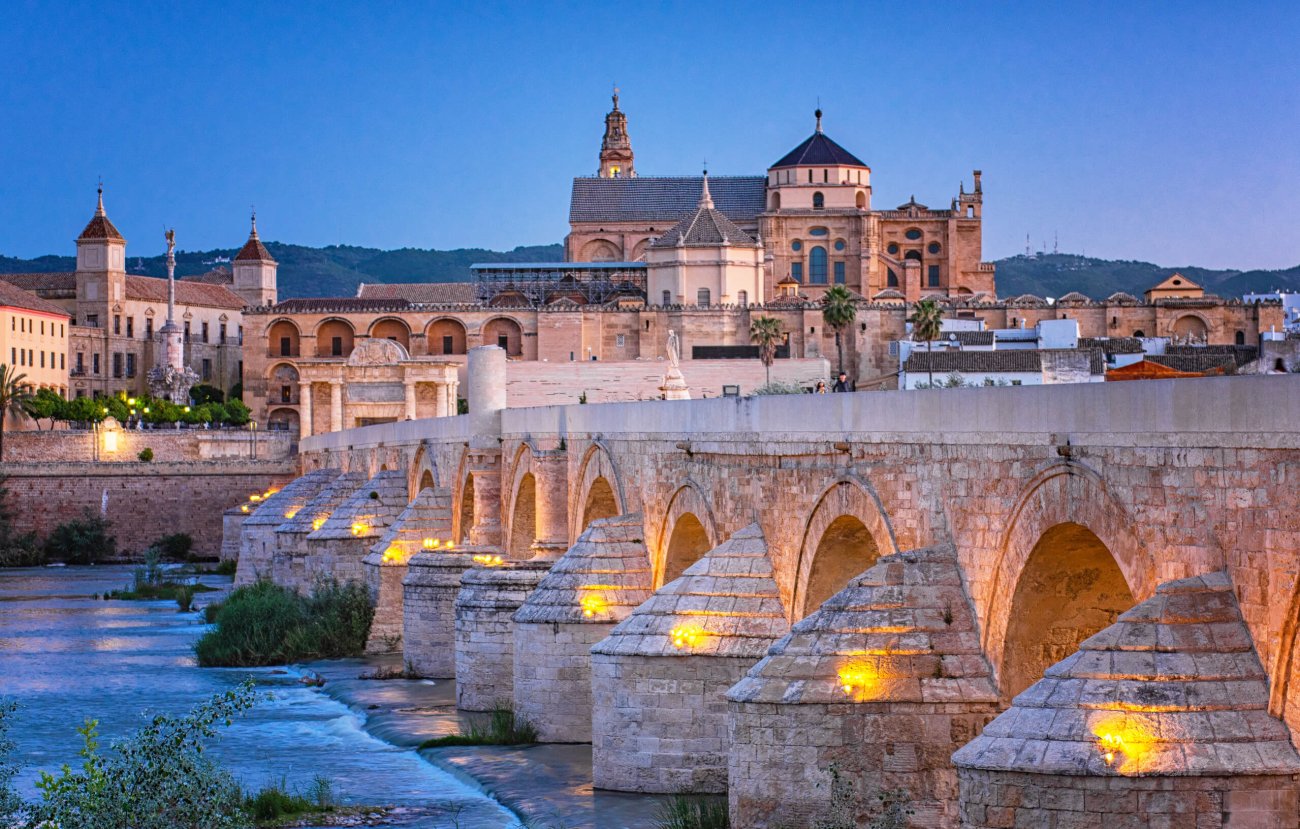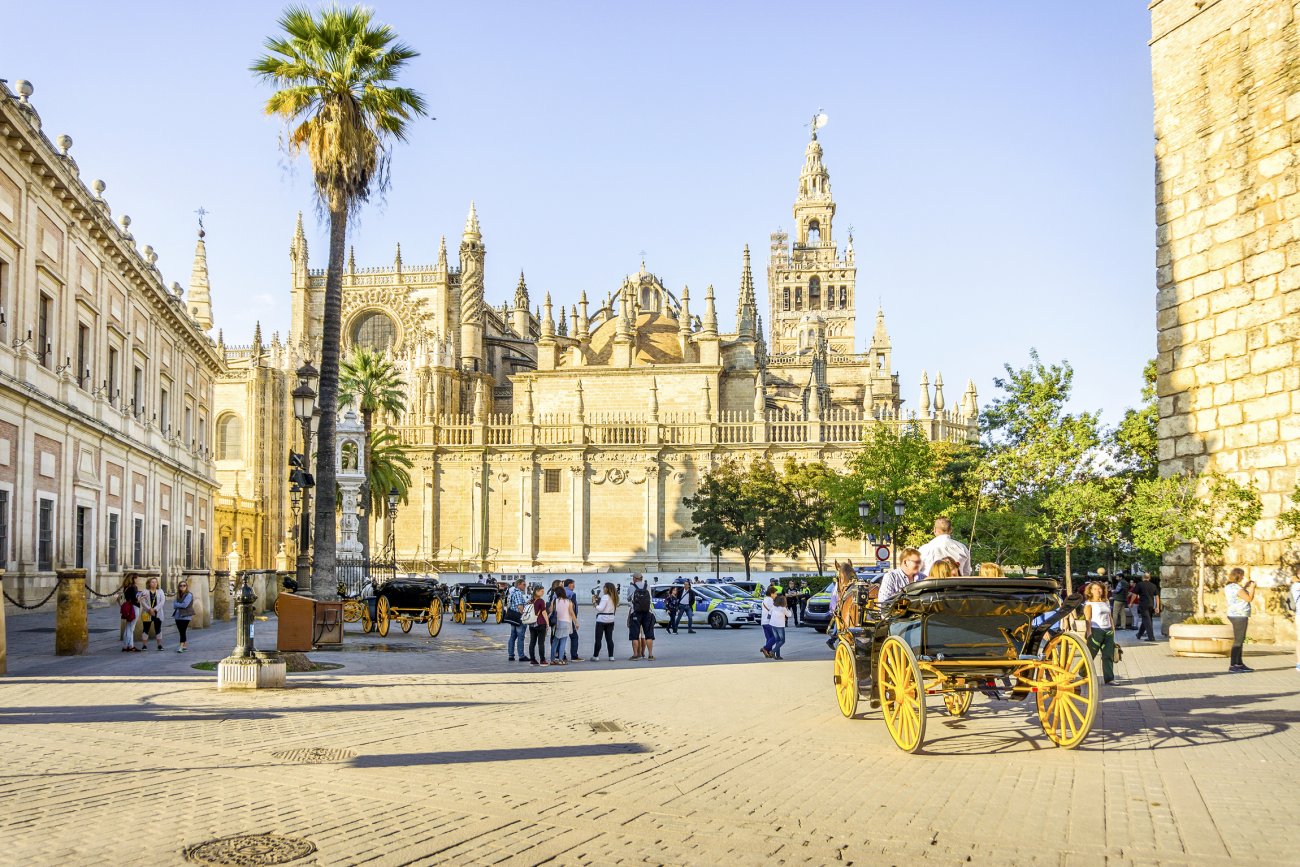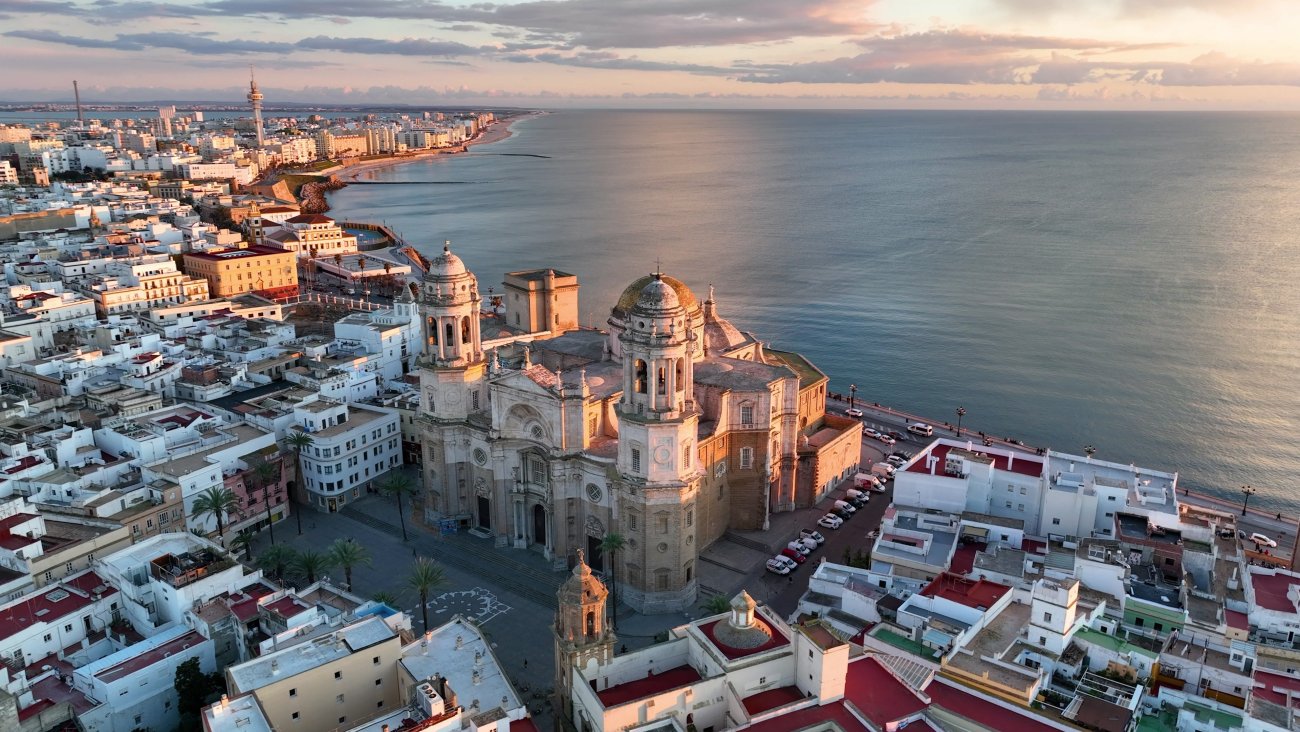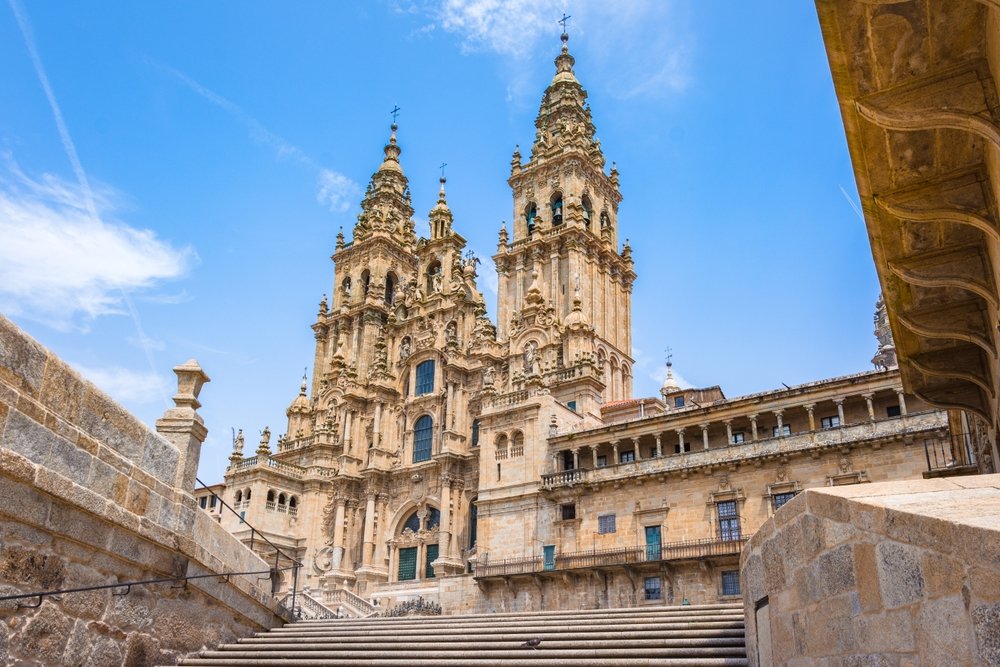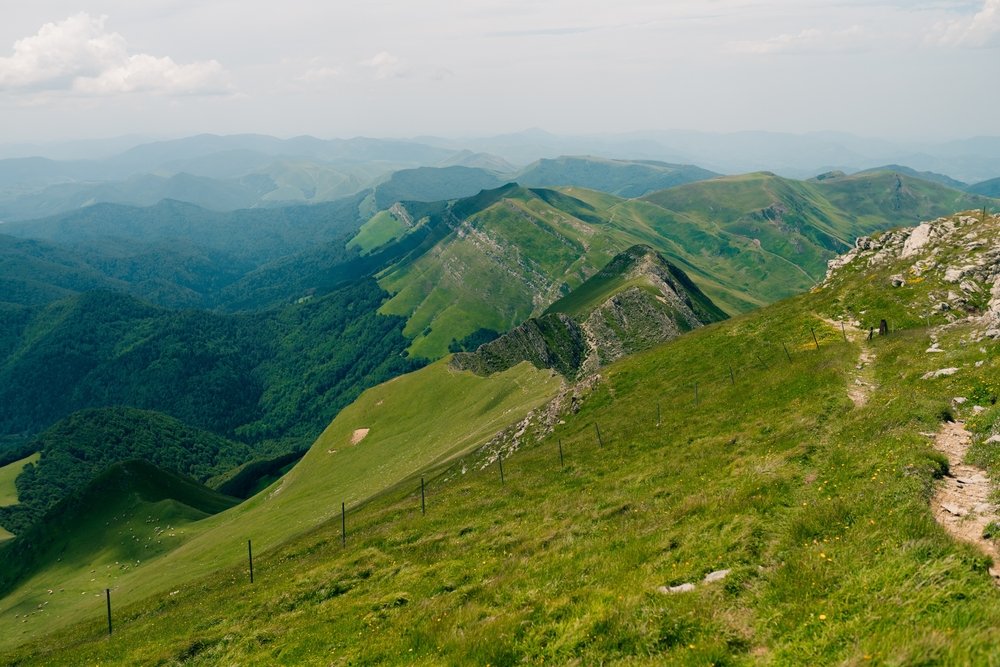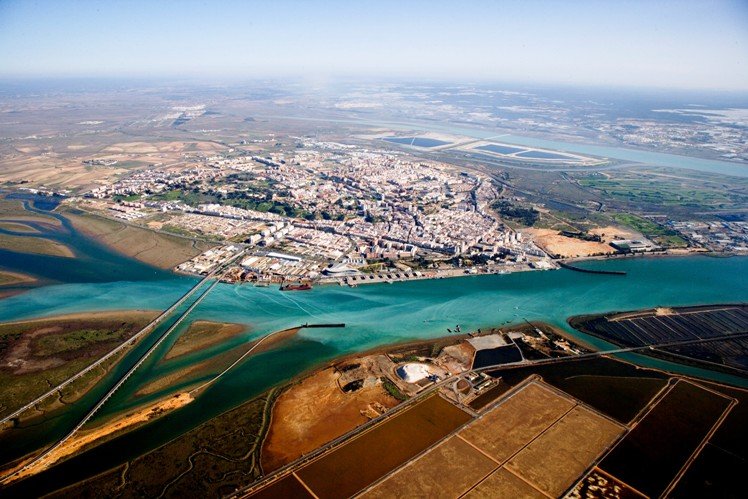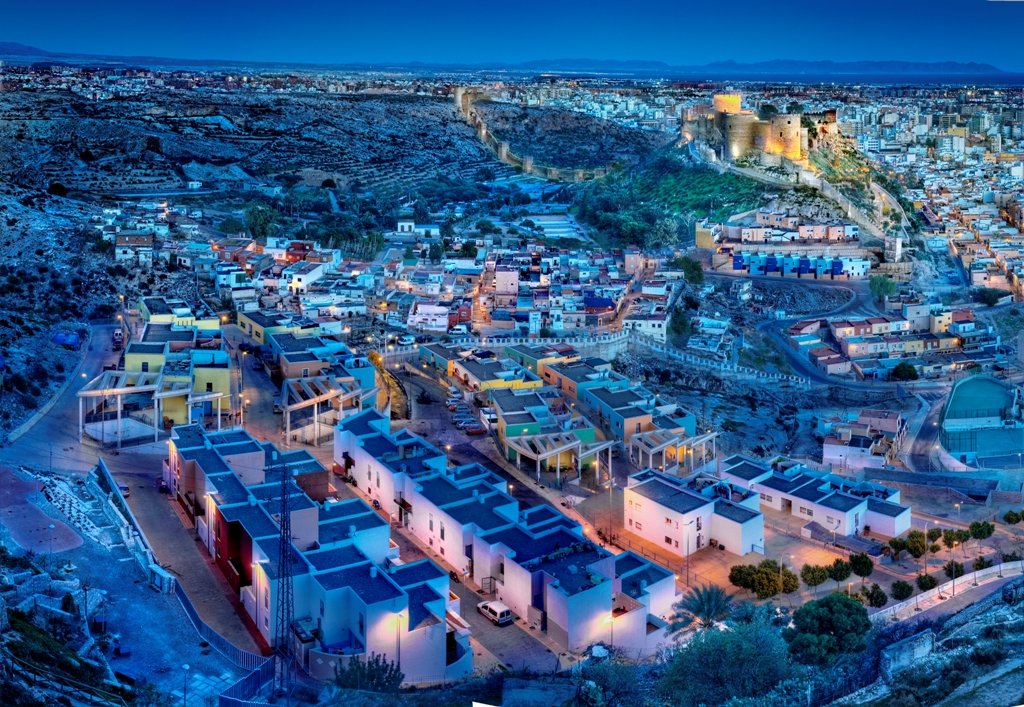Discover Ronda: A Historical and Natural Treasure in Andalusia
A Historical Charm in the Heart of Andalusia
Ronda, a municipality in Andalusia located in the northwest of the province of Malaga, is a place where history and nature intertwine to offer an unforgettable experience. With more than 33,000 inhabitants, Ronda stands as the second most populated municipality in the interior of Malaga, surpassed only by Antequera. The city, situated on an impressive plateau surrounded by mountains, offers unparalleled panoramic views and a rich cultural legacy that fascinates all who visit.
Geography and Natural Beauty
Ronda is located in the so-called Ronda depression, a rocky plateau situated 723 meters above sea level, cut by the spectacular Tajo de Ronda, a deep canyon carved by the Guadalevín River. This gorge is perhaps the most iconic image of the city, with its imposing cliffs plunging down and the famous Puente Nuevo connecting them, creating a breathtaking scene.
The municipality of Ronda spans 397.62 km² and is surrounded by majestic mountains, such as the Sierra de las Nieves to the east, the Genal Valley to the south, and the Sierra de Grazalema to the west, becoming a paradise for nature lovers. These natural parks, home to unique species like the pinsapo and the mountain goat, provide an ideal environment for hiking and wildlife observation.
Climate and Rural Life
Ronda enjoys a typical Mediterranean climate, with warm, dry summers and moderately cool winters, making it an attractive destination year-round. The richness of its rural environment, with pastures, horticultural areas, and cereal fields, complements the charm of the city, making Ronda a place where rural life and natural beauty find perfect harmony.
A Historical Legacy that Transcends Epochs
The history of Ronda dates back to Roman times when it was known as Arunda. Over the centuries, the city has witnessed the influence of various civilizations, from the Visigoths to the Muslims, who made it the capital of the Andalusian province of Takurunna. Its strategic location allowed it to play a crucial role in the defense and control of the routes to Lower Andalusia.
During the Middle Ages, Ronda established itself as an important urban center, and its monumental heritage, which includes walls, historical gates, and the majestic Church of the Holy Spirit, reflects the richness of its past. The Islamic period left an indelible mark on the city, but it was after the Christian reconquest in 1485 that Ronda began to flourish again, expanding with the construction of new neighborhoods and monuments.
The Cradle of Romanticism and Andalusian Myths
In the 18th century, Ronda experienced a period of splendor with the construction of its most emblematic monuments, such as the Puente Nuevo and the Bullring, one of the oldest and most monumental in the world. This period also gave rise to the romantic myths of bandits and bullfighters, figures that have inspired numerous writers and artists, consolidating Ronda’s image as a place of legends and traditions.
Ronda in Contemporary Times
The Napoleonic invasion and the War of Independence profoundly marked Ronda and its mountains, giving rise to the phenomenon of banditry, popularized by romantic literature. However, despite the difficulties, Ronda has managed to remain a symbol of resistance and tradition.
In the 20th century, Ronda became a cultural and economic reference for the region, being the place where the symbols of Andalusia were established in 1918. Today, Ronda continues to be a top tourist destination, combining its rich history with the natural beauty of its surroundings, offering its visitors a unique experience in the heart of Andalusia.
